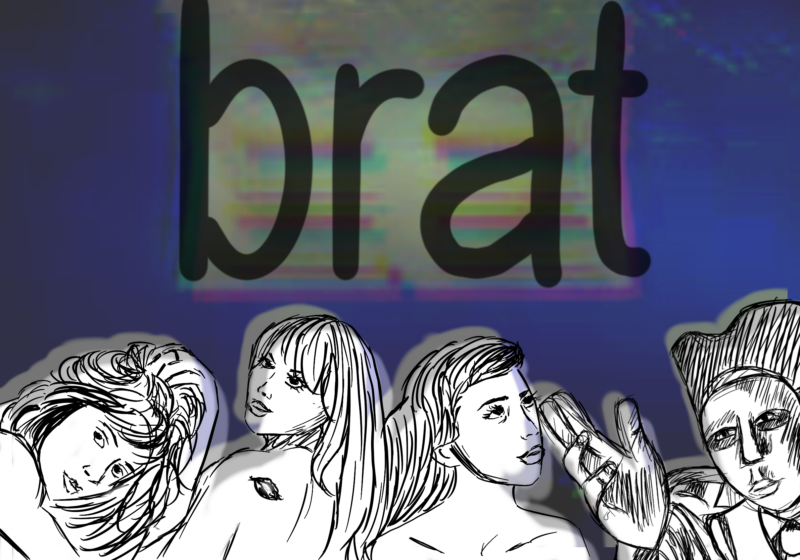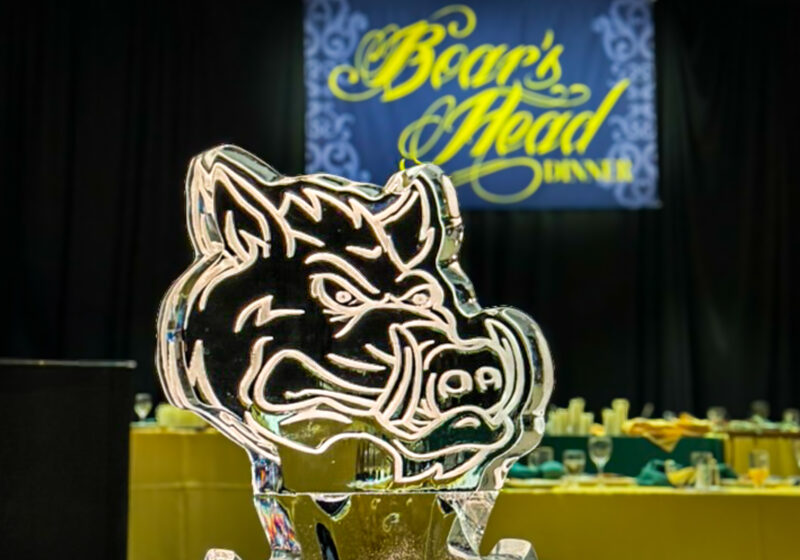Scientists working at UR have something to celebrate today the University was just named one of the top 10 places to work by The Scientist magazine.
The magazine, which ranks the top nonprofit institutions for those working in the life sciences, gets input from over 2,300 scientists nationwide for their annual top-10 list of science employers.
Forty-one criteria across eight different categories are assessed, including job satisfaction, pay, management and peer interaction.
CEO of UR Medical Center Bradford Berk, M.D., Ph.D., is not surprised that UR gets high marks in these areas. He explained how UR values the happiness of its employed scientists.
‘This is an institution founded on the principle of interdisciplinary collaboration,” Berk said. ‘Our scientists’ satisfaction plays an important role in the ultimate success of our research enterprise and helps us truly achieve “Medicine of the Highest Order.'”
One of the highest marks the University consistently received was in the realm of teaching.
A senior associate dean for basic research at URMC, Stephen Dewhurst, Ph.D., believes this is on track with the University’s aims.
‘We have many programs to help scientists grow and develop and build their careers, such as a class to help scientists learn how to write grants to gain funding to do their work,” Dewhurst said. ‘The mentoring of young scientists is extremely important, and it’s something that is done well here.”
Perelstein is a member of the class of 2010.



